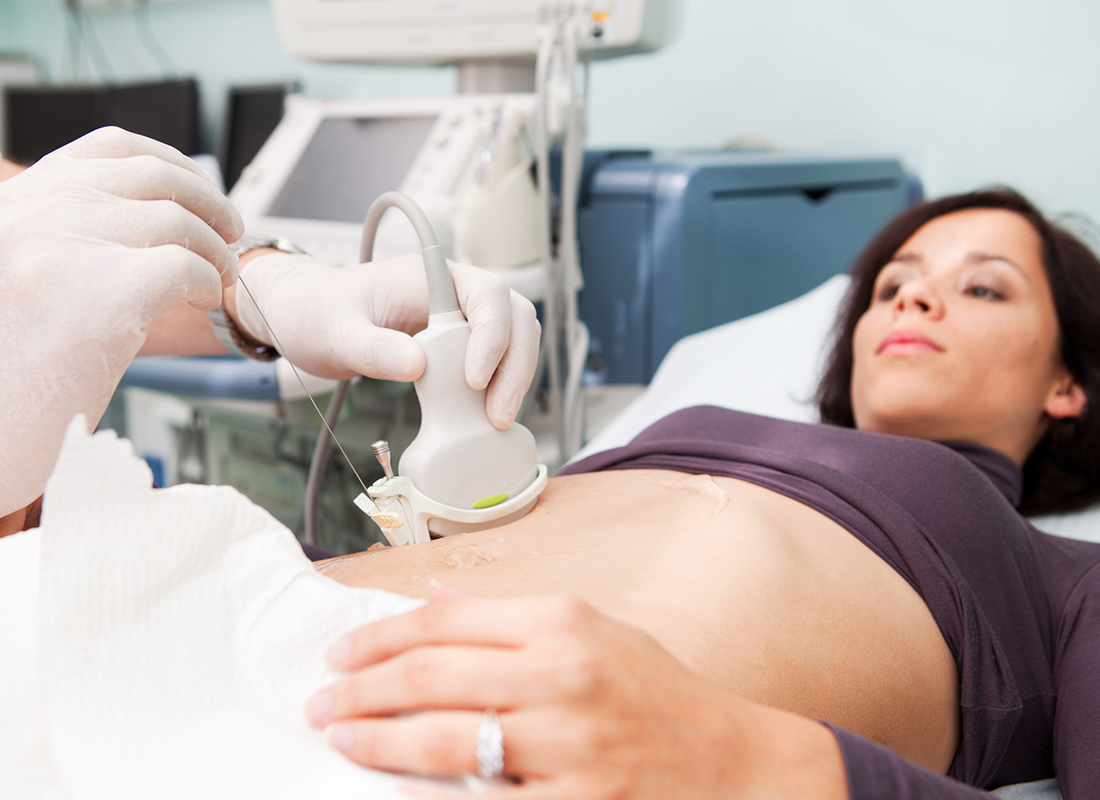Lost Ground: Cancer Screening in the COVID-19 Era
A pandemic-related drop in cancer diagnoses could spell long-term trouble for patients and providers.

Subscribe to Clinical Diagnostics Insider to view
Start a Free Trial for immediate access to this article